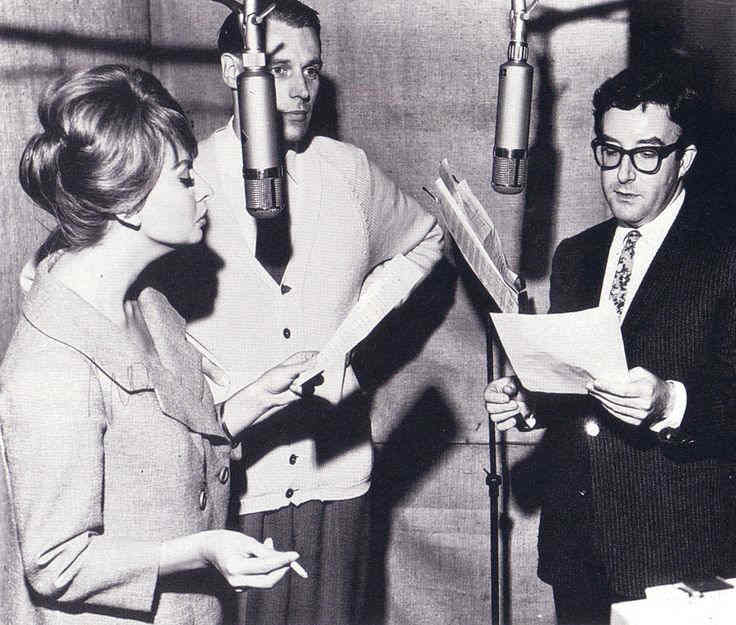Record production incorporates a huge range of styles, from hands-off diplomacy to megalomaniacal control and everything in between. Approaches from across the spectrum have led to highly successful results and in this sense there is no correct way to make a record.
The production of Steely Dan’s records embodied a particularly distinctive configuration of personal input. Unassuming producer Gary Katz applied his great taste to the band’s arrangements by recommending particular session musicians and musical 'feels'. At the same time Katz also granted the fastidious Donald Fagen and Walter Becker complete free reign when it came to recording actual takes.
And on this front there were many. Prolific musicians who guested on various Steely Dan tracks report an almost masochistic approach to perfection during sessions, slaving through dozens of takes, well into the small hours. Sometimes players were hired just to assist the feel of another player’s take without using their performance on the final master. Other times players were hired and fired with minimal explanation.
The irony of the effortless West Coast style epitomised by albums like Aja is that it was the product of an exceptionally meticulous approach in the studio. This is not to say the results were clinical; there was no finer connoisseur of soulful r’n’b than Becker. His unexpected and unexplained death aged 67 robs us of a great American musician.




